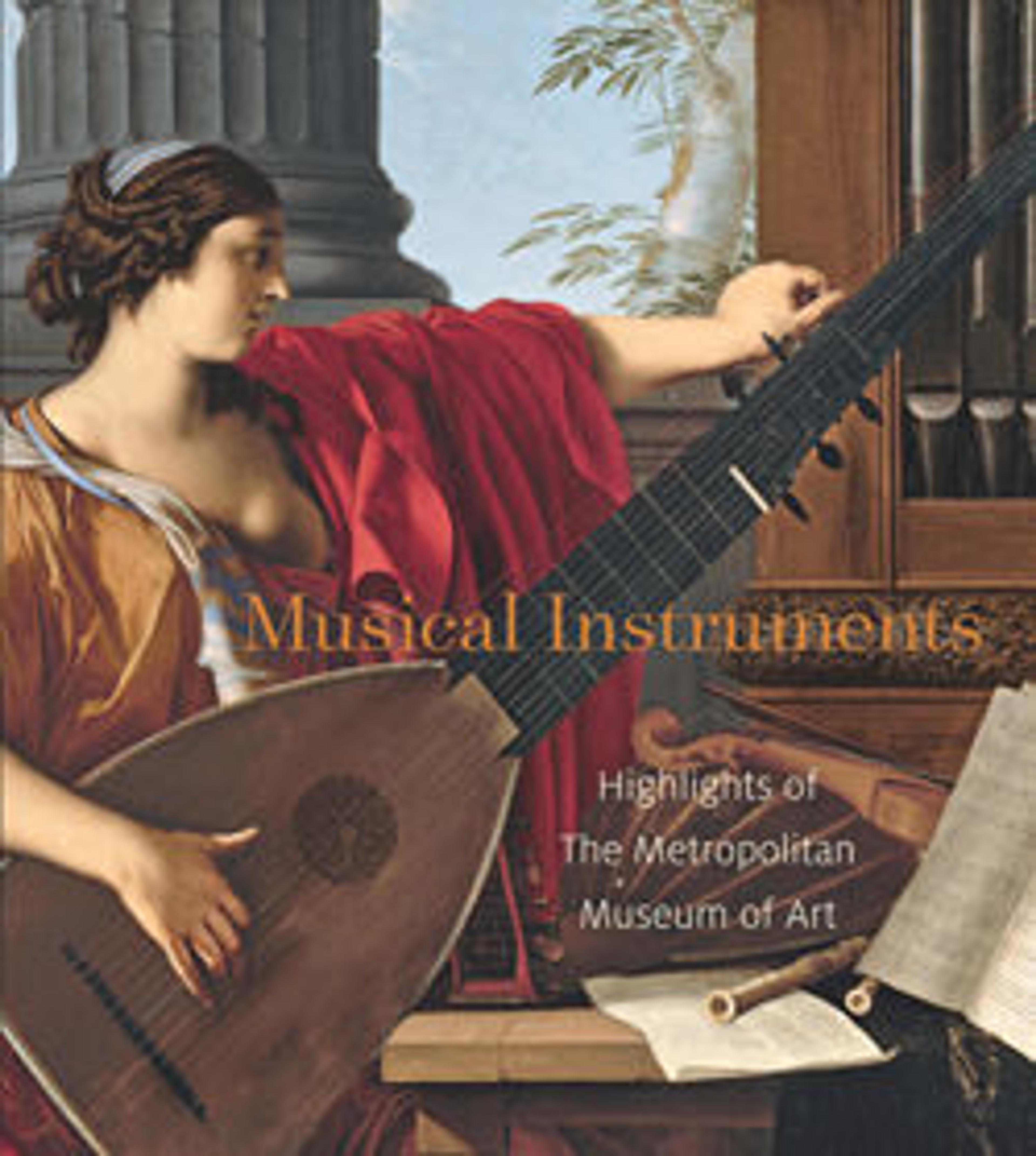Double Whistle
The production of anthropomorphic and zoomorphic ceramic figures in Central and South America originated about 6,500 years ago in the Andes region of Colombia, then spread along the west coast, from Ecuador to northern Chile and Argentina, and finally farther north into Central America. Rattles and whisltes, made in a variety of sizes and forms, sometimes imitated the sounds of the creature represented.
This pottery whistle is in the form of a bird standing on two legs and a tail. It is a double whistle, with two internal and separate sounding chambers. The lower chamber, located in the body of the bird, is sounded through a mouthpiece located in the tail. This chamber has a single finger hole on the front of the bird's belly allowing for two pitches to be produced. A second, smaller, chamber is found in the head of the bird and is activated through a mouthpiece protruding from behind the ears. (J. Kenneth Moore, 2000)
This pottery whistle is in the form of a bird standing on two legs and a tail. It is a double whistle, with two internal and separate sounding chambers. The lower chamber, located in the body of the bird, is sounded through a mouthpiece located in the tail. This chamber has a single finger hole on the front of the bird's belly allowing for two pitches to be produced. A second, smaller, chamber is found in the head of the bird and is activated through a mouthpiece protruding from behind the ears. (J. Kenneth Moore, 2000)
Artwork Details
- Title: Double Whistle
- Period: Pre-Columbian
- Date: 7th–9th century
- Geography: Mexico
- Culture: Mayan
- Medium: Pottery, paint
- Dimensions: H. 8 1/8 × W.. 5 3/4 × D. 4 3/4 in. (20.6 × 14.6 × 12.1 cm)
- Classification: Aerophone-Whistle Flute
- Credit Line: Purchase, Gift of Elizabeth M. Riley, by exchange, 2000
- Object Number: 2000.44
- Curatorial Department: Musical Instruments
More Artwork
Research Resources
The Met provides unparalleled resources for research and welcomes an international community of students and scholars. The Met's Open Access API is where creators and researchers can connect to the The Met collection. Open Access data and public domain images are available for unrestricted commercial and noncommercial use without permission or fee.
To request images under copyright and other restrictions, please use this Image Request form.
Feedback
We continue to research and examine historical and cultural context for objects in The Met collection. If you have comments or questions about this object record, please contact us using the form below. The Museum looks forward to receiving your comments.
